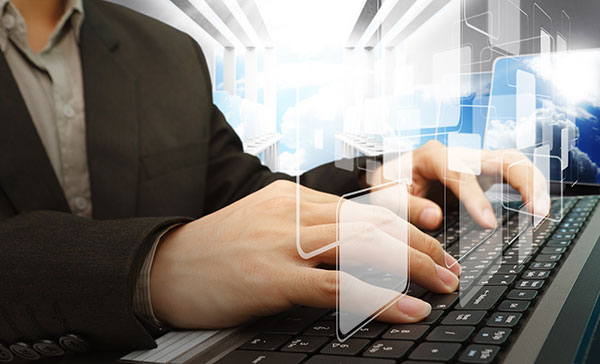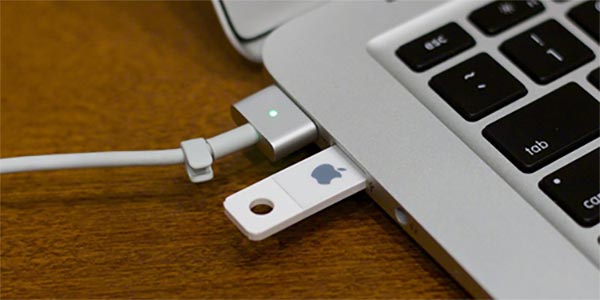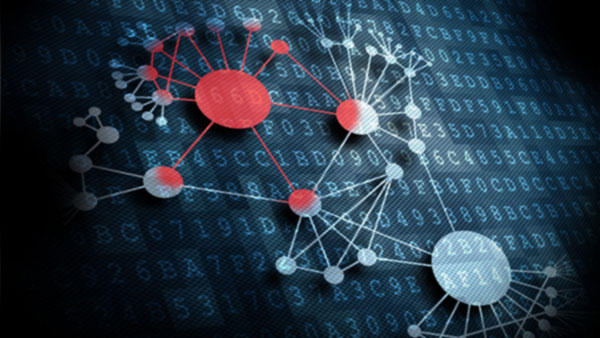Answering calls on our hotline, I deal with all types of issues related to data loss. Deleted files, inaccessible SD cards, virus attacks, empty USB drives… experiments with alternative operating systems that went wrong. These, and the many other issues are what we try to address with our range of data recovery tools.

Contents
- What Data Recovery Isn’t
- Data Recovery for the Budget Conscious
- Choosing the Right Tool
- Your Chance to Save
- Choosing the Best Value
My job is figuring out the customer’s problem, understanding how to fix it, figuring out which tool can help while recommending the most cost-effective solution for the customer’s particular situation, and guiding the customer through initial steps of the recovery process.
What Data Recovery Isn’t
Data recovery isn’t magic. Recovering information is about finding the missing link to existing data, connecting raw data blocks with a certain file name. If the process succeeds, we’ve just recovered a file. If not… there are other things to try, such as looking for an old backup or sending the disk out to a low-level recovery lab.
Even if the disk appears completely empty, or is inaccessible, or simply cannot be read, we can still scan it in low level, locating and extracting the most important types of data and saving them onto a different disk.
We can do a lot of things. However, some things we can’t do because of physical limitations. What we can’t fix, or can only attempt to fix, are all of the following:
- The original partition table and file system. While our tools will do everything possible to extract your files and folder from a formatted, repartitioned or corrupted device, we don’t rebuild the original partition table or the original file system. If you are recovering a repartitioned or reformatted system disk, you can then use the corresponding repair tool (by booting from the recovery partition or Windows DVD). That tool will attempt to repair your system. If it fails, you will need to install a new operating system from scratch, then copy your personal files back onto that disk. Why can’t we restore the disk in its original condition? Because if some data is already overwritten, we have nowhere to restore it from, while a Windows installation DVD contains everything the system needs to repair itself.
- Most SSD drives. SSD drives are unique in handling deleted files. If you delete information from a properly configured SSD drive, the chance that your deleted files will be trimmed (erased, wiped, and filled with zeroes) are extremely high. Still it’s worth trying, as in many cases the SSD drives can still be recovered.
- Overwritten data. We are not magicians. If some parts of a file are overwritten with other data, the original content is gone forever. You can try looking for other copies of the same file though.
- Information stored in your smartphone or tablet. Most Android, iOS and Windows Phone smartphones do not allow low-level access to their internal storage. As a result, our tools are limited to recovering information they store on an SD card (if supported by a particular device). We can, however, recover data from many different MP3 players, digital cameras and GPS units, as these don’t have quite the same level of access control.
- Information stored in a NAS or RAID. Our tools don’t support recovering failed RAID arrays, including those inside of a NAS. If, however, your RAID array is properly mountable and appears as a drive letter, we can recover information from that RAID as if it were a single hard drive. Similarly, if your NAS device only uses a single disk, you can take the disk out and connect it directly to your computer to attempt the recovery with one of our tools.
Data Recovery for the Budget Conscious
In the previous article, I mentioned recommending the most economical tool to fit the customer’s need as being an important part of my job. However, choosing the right tool is not rocket science. Let me explain what I base my recommendations on.
Choosing the Right Tool
First of all, choosing the appropriate data recovery tool depends on what exactly the problem is. Have you deleted a bunch of files? Formatted a partition? Can’t read a memory card? What was the file system? What kind of files are you about to recover? I ask all these questions because they are important for making the right decision.
If you simply deleted a bunch of files, and those files are of different types (e.g. documents, pictures, and archives), and you have no problem accessing the storage media (and have not formatted, repartitioned, or corrupted the device), the most economic tool will be RS File Recovery ($39).
If you are in a similar situation, but your files are located on an unreadable, inaccessible, or formatted device, you’ll have to go one step up and use RS Data Recovery ($59).
If you have a major disaster (e.g. the entire hard drive gets repartitioned, or you lose access to the hard drive after trying an alternative operating system), you’ll need an even more expensive tool RS Partition Recovery ($99).
Your Chance to Save
But what if you are not prepared to pay the full price for the top-of-the-line data recovery tool, or simply don’t need all of its features to finish a one-time job?
If this is the case, we’ll look into more details, helping you choose the most appropriate tool.
If you are about to recover a bunch of pictures, no matter which format they are in, and no matter what type of damage the storage media has sustained, you can save by getting RS Photo Recovery ($49). This tool has all the features of its more expensive counterpart (RS Data Recovery) yet is limited to recovering digital pictures.
Similarly, if you are about to recover documents (RS Word Recovery, $39), spreadsheets (RS Excel Recovery, $39), or all types of office documents (RS Office Recovery, $59), you can purchase one of those products at a discount and get all the features of RS Partition Recovery specific to office documents.
What if your entire system disk is severely damaged? As all recent versions of Windows can only be installed onto NTFS partitions, you can get all the features of our top of the line tool, RS Partition Recovery ($99), at a discount by purchasing RS NTFS Recovery for $69.
Similarly, if you have a badly damaged FAT32 device (e.g. a USB flash drive, memory card, or external hard drive), you can save by opting for RS FAT Recovery for $69 instead of the flagship product.
Choosing the Best Value
If you are looking forward and are not limited to a one-off job, which of our products offers the best value for money? Let’s try to find out.
If you are going to re-use the tool in the future, limiting yourself to a particular subset of files or a certain type of a file system may not be the thing you are looking for.
Similarly, limiting yourself to the feature set found in our most affordable universal tool, RS File Recovery, may not be the wisest idea as you never know just what kind of damage you may encounter with your storage media.
In my opinion, the best value for money lies with our mid-range universal data recovery tool: RS Data Recovery. While offering support for all types of files and all popular file systems, RS Data Recovery will protect you against most common issues. This tool will help you undelete files you remove from the Recycle Bin or erase directly in a third-party application. RS Data Recovery will extract files and folders from a formatted hard drive, and will use content-aware analysis to discover files still available on a formatted partition. The only thing it won’t do is discovering multiple original partitions, and even that only applies if you had more than one partition on your hard drive. All in all, for most homes and small offices I recommend RS Data Recovery as the best long-term investment.
Shall you skip our flagship, RS Partition Recovery? No and no. RS Partition Recovery is the only tool that can save you if you sustained severe damage, losing access to multiple partitions on the same disk.
The choice is yours. Choose wisely.









